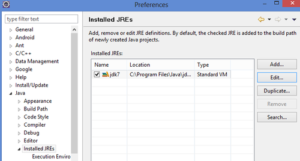One of the most annoying issues about configuring a Go based app is correctly mapping every file to its proper path.
For instance, beginners at Go frequently declare their first handler like so:
http.HandleFunc("/", handler)
And declare a simple app.yaml, similar to the one below:
application: application_id
version: 1
runtime: go
api_version: go1
handlers:
- url: /.*
script: _go_app
Unfortunately this will cause all requests to be routed to your Go application code, even if you have static files in your application’s root directory.
To map favicon.ico (or any static file in the app’s root directory) so AppEngine will serve it, replace the handlers section in app.yaml to properly indicate where it is and the url it maps to:
handlers:
- url: /favicon\.ico
static_files: favicon.ico
upload: favicon\.ico
- url: /.*
script: _go_app
